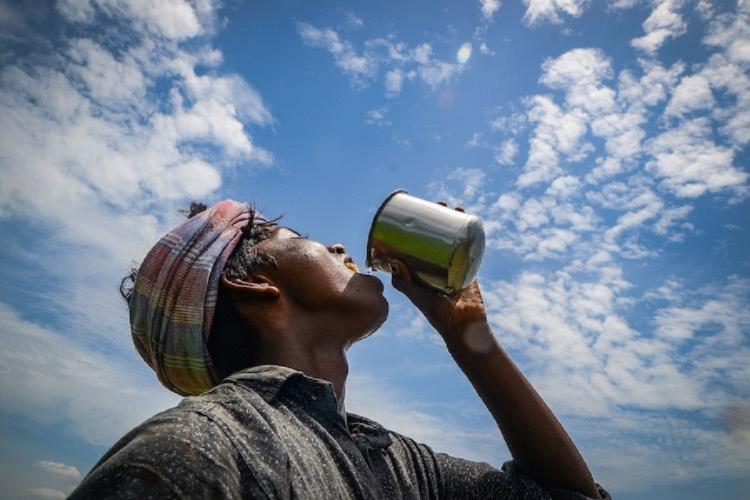Global heating resulting from climate change poses a severe threat to humanity’s comfortable living conditions, according to a recent study. Billions of people worldwide are projected to be forced out of their “human climate niche,” which has historically provided optimal conditions for human survival.
The study emphasises that this shift will have profound implications for health, adaptation, migration, agricultural productivity, and social stability.
The Growing Impact of Extreme Heat
The research highlights the imminent risk faced by 600 million Indians who will be forced out of their climate niche by 2030, exposing them to extreme temperatures. This displacement outside the favourable climate zone is expected to lead to increased morbidity, mortality, and the need for adaptation and migration. Additionally, cognitive performance, learning abilities, and pregnancy outcomes may be adversely affected. Furthermore, there will be a significant decrease in crop yields and an increase in conflicts, hate speech, and the spread of infectious diseases.
Alarming Projections for the Future
The study warns that if global temperatures continue to rise, over two billion people worldwide could be pushed outside their climate niche by 2030. This would put them at greater risk of higher death rates, reduced food production, and economic downturns. Currently, more than 60 million people already live outside their ideal climate conditions, and this number is expected to skyrocket to 3.7 billion by 2090.
The Protective Role of 1.5C Temperature Threshold
Interestingly, the research suggests that if countries can successfully limit global heating to 1.5 degrees Celsius, roughly a sixth of the global population, approximately one billion people, could be shielded from dangerous heat exposure. This threshold is the target outlined in the Paris climate agreement. It underlines the critical importance of collective efforts to reduce greenhouse gas emissions and curb global warming.
India’s Vulnerability and Future Challenges
Among the countries at greatest future risk, India stands out as the most vulnerable. With a population of over 1.4 billion, nearly half of the country’s residents will be affected by climate vulnerability. Professor Tim Lenton, the lead author of the study, acknowledges that India’s population will face significant challenges, including potentially fatal heat-humidity extremes. As extreme conditions become more frequent, communities may have to adapt and, in some cases, migrate within the country or seek refuge elsewhere.
The Global Scope of Climate Vulnerability
Apart from India, the study identifies other countries that will be significantly affected by climate vulnerability. Nigeria, with an estimated 300 million people, is among the nations facing the risk of population displacement outside their climate niche. The implications for Nigeria are dire, with potential consequences for health, agriculture, and social stability.
The study also highlights several other countries at risk, including Indonesia, the Philippines, and Pakistan. These nations are expected to experience a significant number of people moving outside their ideal climate conditions. The impacts will be felt across various sectors, from health and agriculture to economic growth and social harmony.
The findings of this research serve as a wake-up call for governments, policymakers, and individuals worldwide. Urgent action is needed to address the root causes of climate change and mitigate its consequences.
Conclusion
The new research on climate vulnerability highlights the urgent need for action to address the impacts of climate change on billions of people worldwide. It underscores the importance of global cooperation, adaptation strategies, mitigation efforts, and the promotion of sustainable practices. By prioritising climate action and implementing practical policies, we can work towards a more resilient and sustainable future for all, mitigating the risks associated with climate change and protecting the well-being of future generations. The time for action is now.

